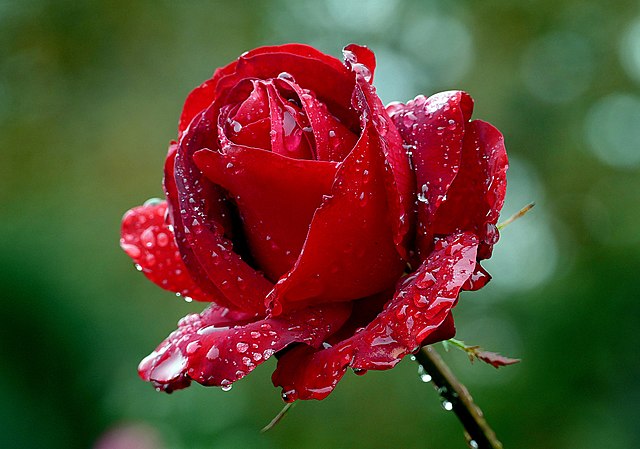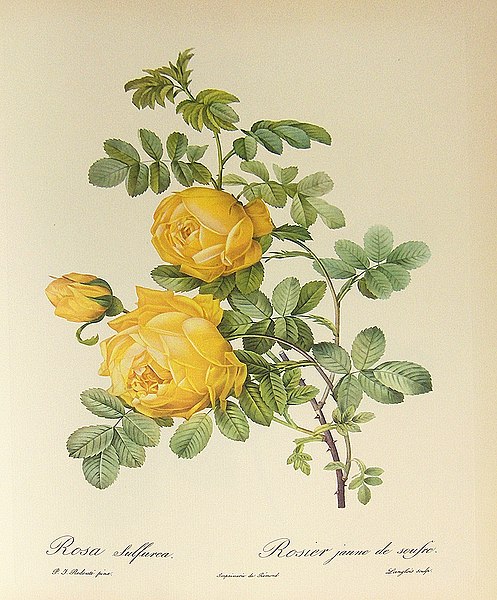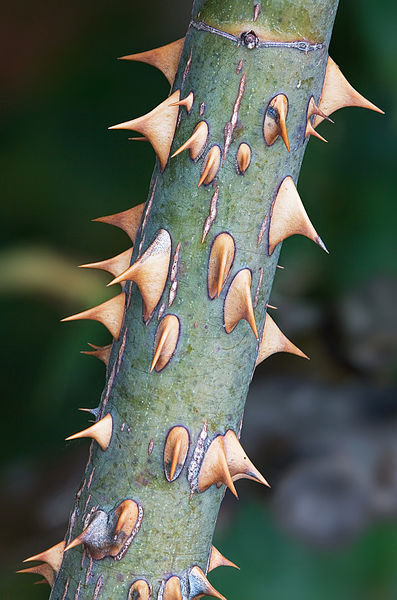Pierre-Joseph Redouté, was a painter and botanist from Belgium, known for his watercolours of roses, lilies and other flowers at the Château de Malmaison, many of which were published as large coloured stipple engravings. He was nicknamed "the Raphael of flowers" and has been called the greatest botanical illustrator of all time.
Portrait by Louis Léopold Boilly
The fountain erected in honour of Pierre-Joseph Redouté in Saint-Hubert, Belgium.
Botanical illustration of Lilium superbum
Julie Ribault, Redoute's school of botanical drawing in the Salle Buffon of the Jardin des Plantes, 1830 (Fitzwilliam Museum)
A rose is either a woody perennial flowering plant of the genus Rosa, in the family Rosaceae, or the flower it bears. There are over three hundred species and tens of thousands of cultivars.They form a group of plants that can be erect shrubs, climbing, or trailing, with stems that are often armed with sharp prickles. Their flowers vary in size and shape and are usually large and showy, in colours ranging from white through yellows and reds. Most species are native to Asia, with smaller numbers native to Europe, North America, and northwestern Africa. Species, cultivars and hybrids are all widely grown for their beauty and often are fragrant. Roses have acquired cultural significance in many societies. Rose plants range in size from compact, miniature roses, to climbers that can reach seven meters in height. Different species hybridize easily, and this has been used in the development of the wide range of garden roses.
Image: Rosa rubiginosa 1
Image: Rosa Precious platinum
Rosa hemisphaerica (syn.: Rosa sulphurea), watercolor by Pierre-Joseph Redouté (1759–1840).
Rose thorns are actually prickles – outgrowths of the epidermis








